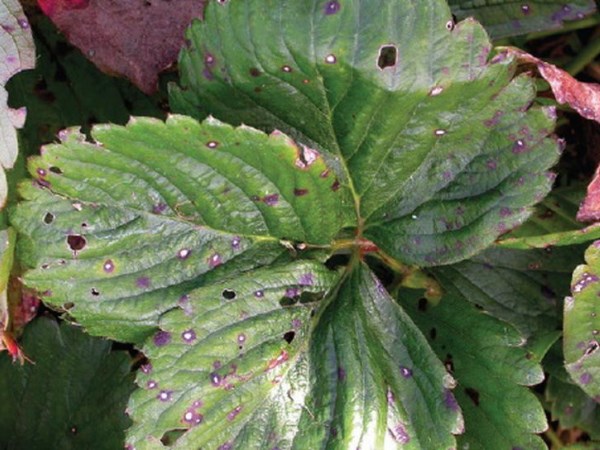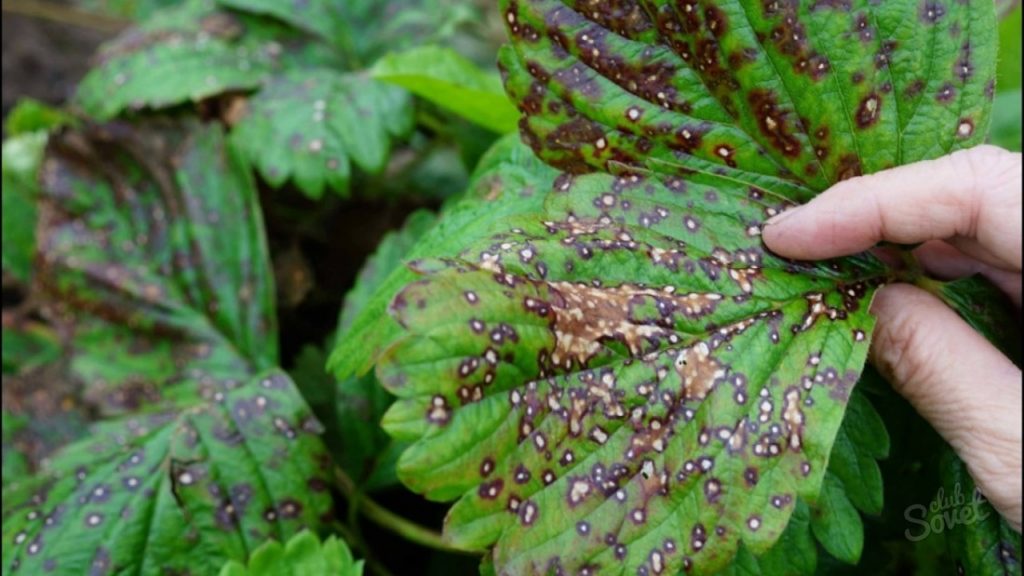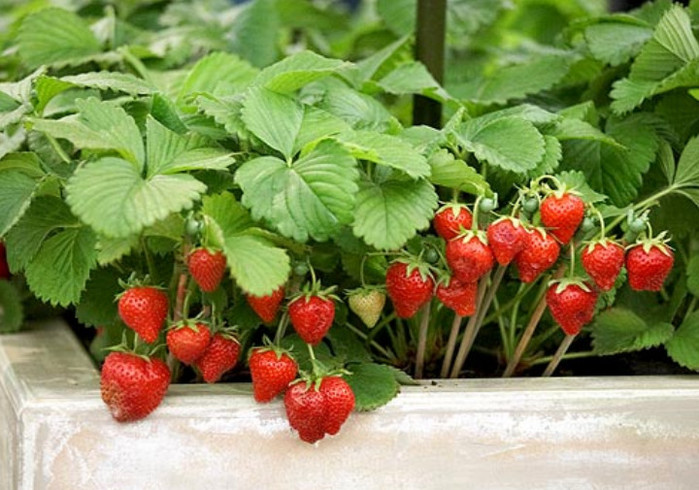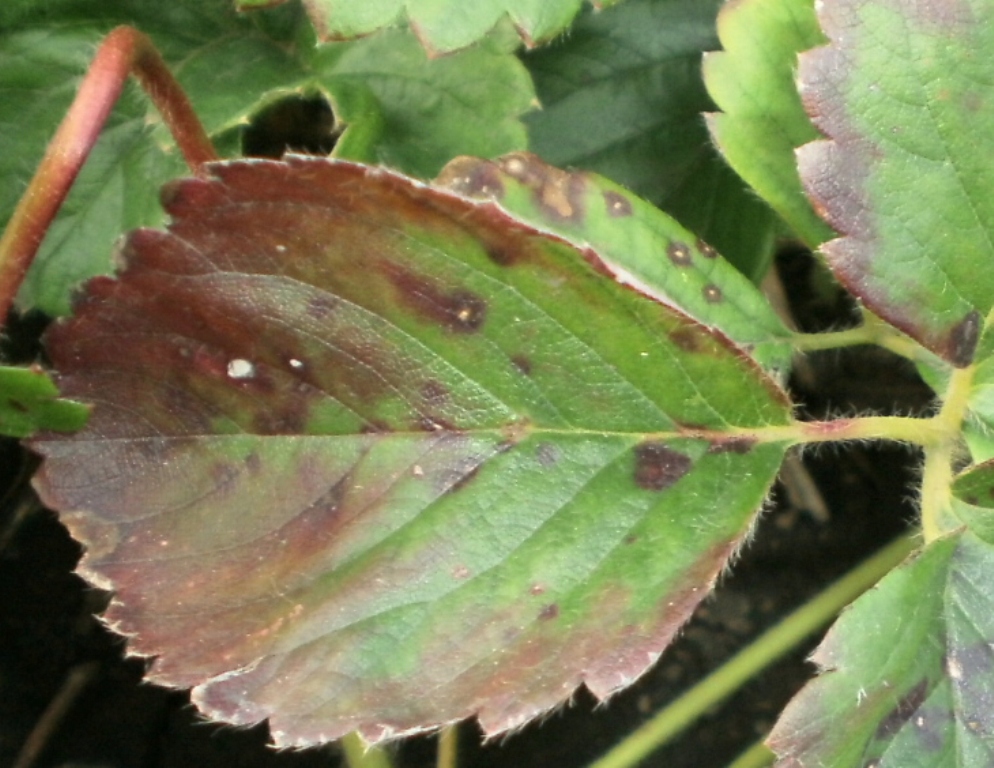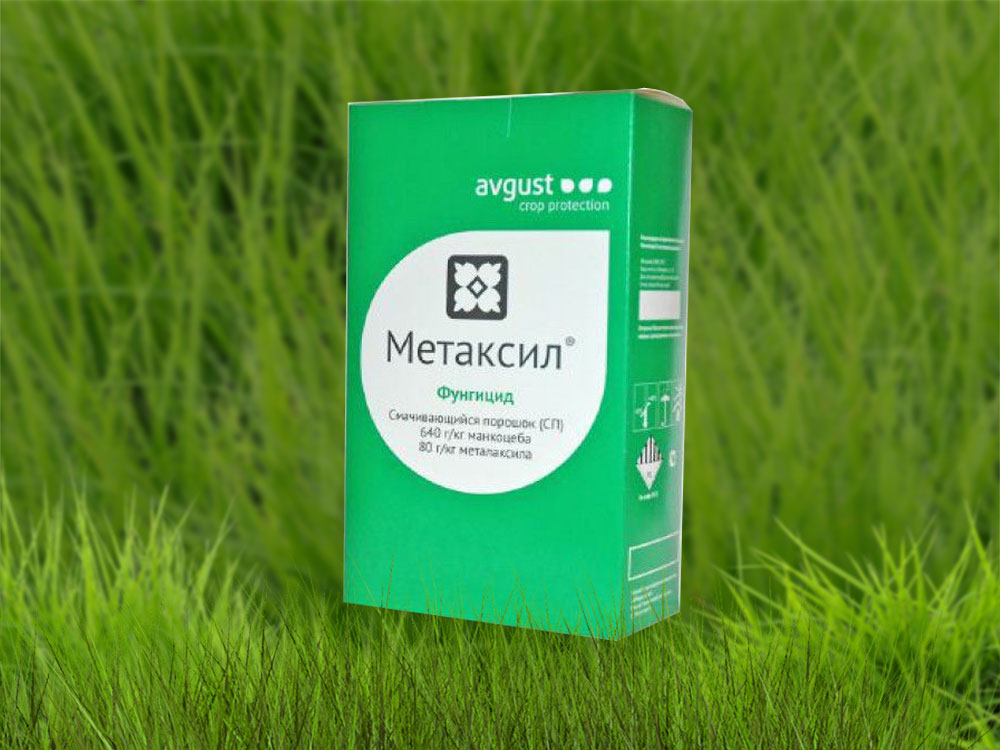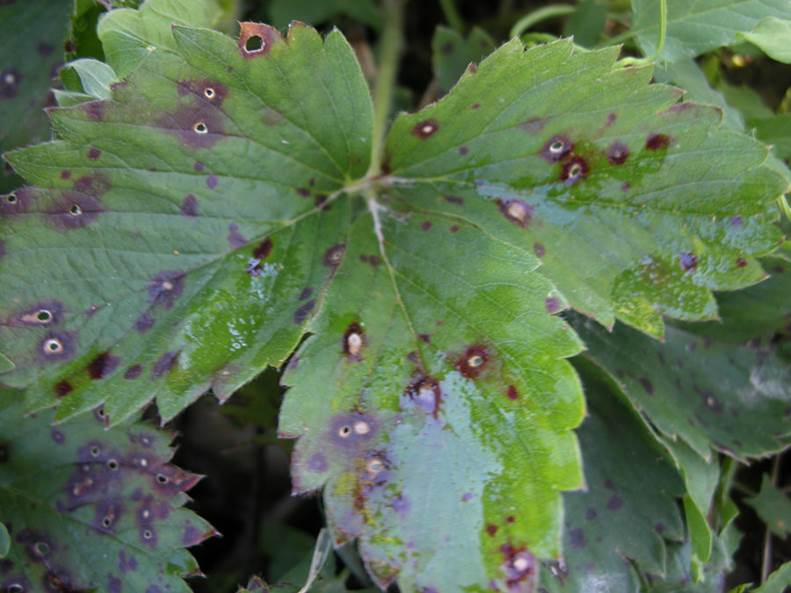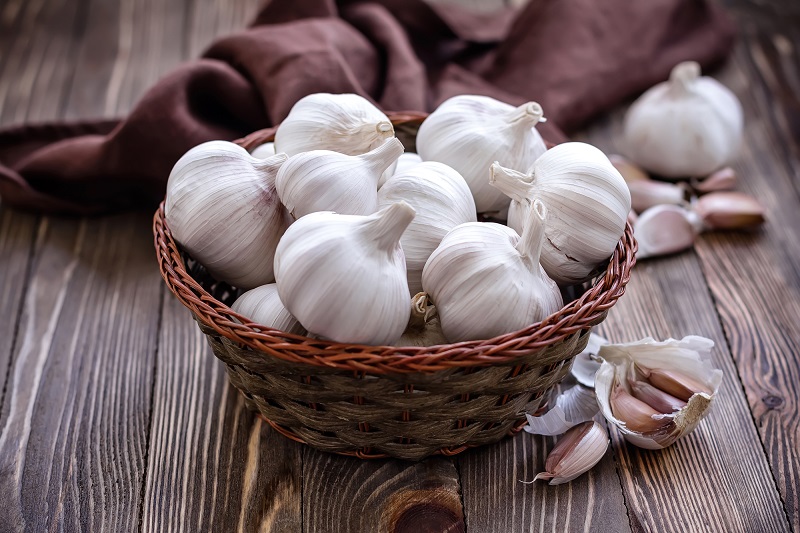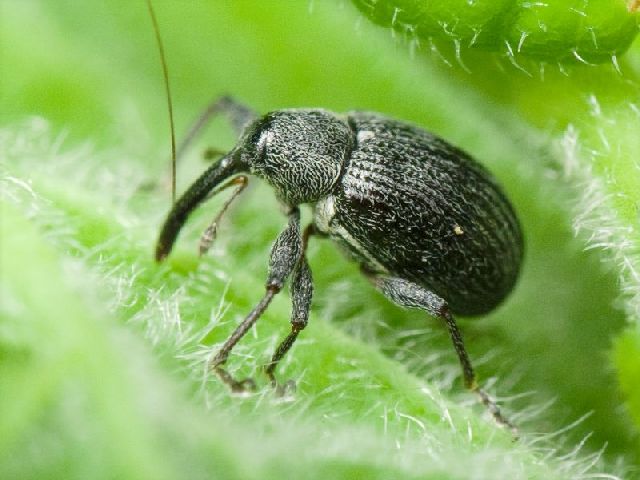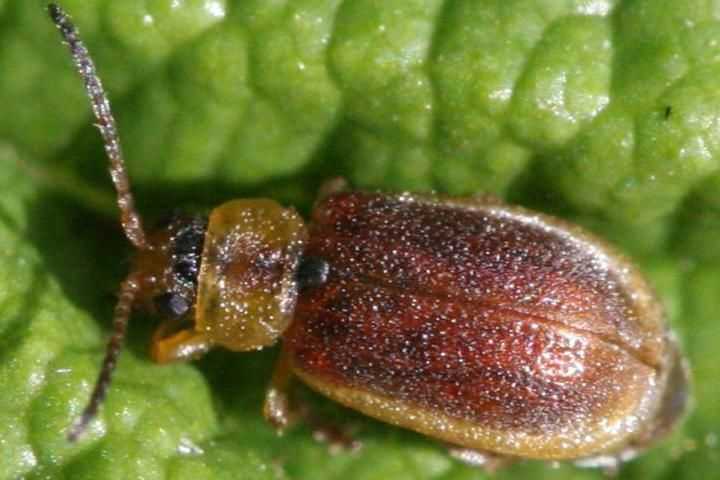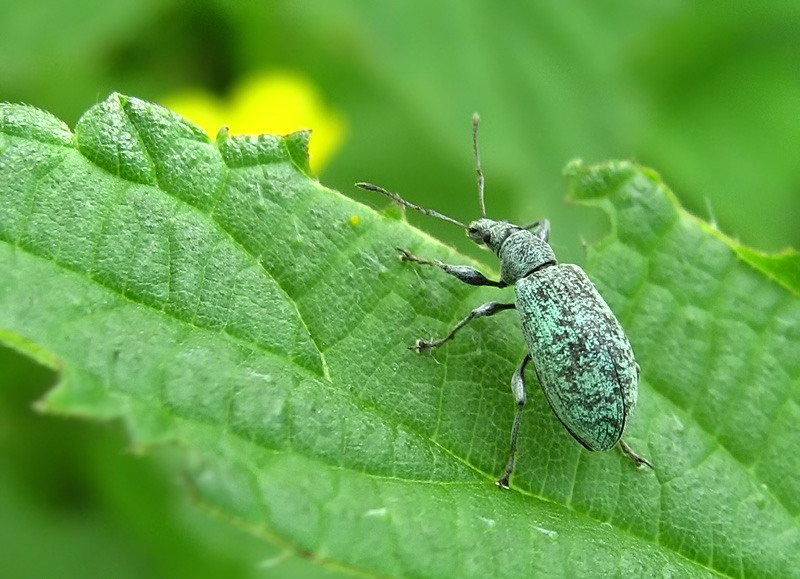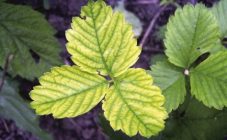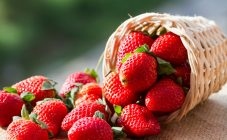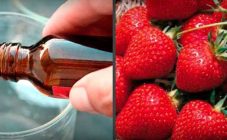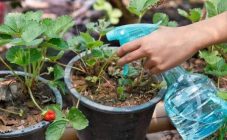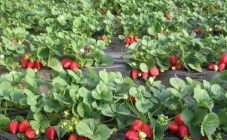Content:
The very first and most long-awaited berry is strawberry. Each berry sometimes has to be won back from insects, slugs, rodents, birds. In order for the plant to be able to produce a crop, you need to take care of its condition, since many pests destroy bushes with appetite. Sometimes you can see strawberry leaves in holes, who is chewing and how to deal with an unknown enemy - this will be discussed in this article.
Dangerous diseases
Holes do not appear randomly on strawberries. One of the reasons can be a dangerous disease: ramulariasis, brown spot, anthracnose.
Strawberry anthracnose
The disease, which has spread everywhere, has been identified relatively recently. Strawberry mother plantations suffer a loss in excess of 35%, and yield decreases by 80-85%. The danger of the disease consists in a long latent period, when, after infecting strawberries, Anthracnose does not show visible signs of presence.
The disease completely affects the entire strawberry bush. Each young unfolded leaf at the top of the petioles, on the whiskers, is covered with very small depressed red-brown sores. Gradually, the small hole begins to blacken, increase in diameter. The leaf blades initially resemble a sieve. Gradually merging, ulcers affect almost the entire leaflet, and it dies.
Having straightened from foliage and mustache, white spot moves to flowers and berries. Flowering stops, almost never even started. Flowers take on a burnt appearance and die off. Through their stamens, Anthracnose affects the receptacle, completely discoloring the calyx. Having lost leaves and flowers, the strawberry dies.
Fighting white rot
In order to prevent anthracnose from contaminating the entire strawberry plantation, you need to plant seedlings purchased from guaranteed healthy nurseries. Before planting, each outlet is immersed in a solution with a fungicide for half an hour. On already planted areas, while the strawberries are in winter dormancy, hot water is processed.
On extensive plantations, strawberries, as soon as they begin to bloom, are sprayed with fungicides. Horus showed a very good result when they began to process strawberry plantations in the Krasnodar Territory.
Italian experts highly recommend the Signum fungicide to combat Anthracnose in strawberry beds.
Resistant varieties
Many countries are interested in the development of disease resistant strawberry varieties. Each time the pathogen manifests itself in a different way in a particular region, but thanks to the works of phytopathologists and breeders, success still came.
The most resistant strawberry varieties:
- Charlie's Light;
- Pegan;
- Vicoda;
- Pelican;
- Idea;
- Dover.
Other varieties have also been tested by phytopathologists-immunogues. Relatively hardy varieties are: Selva, Misey, Zenga Fructarina, Adtsi, Sequoia, Cambridge Favorite, Gorela, Pandoro, Belrubi.
Ceres, Marmolada, Guardiana, Bogota, Redgontlit, Dana, Brio were attributed to the most highly susceptible strawberry varieties.
Folk methods of struggle
Methods used by experienced gardeners have proven to be very effective and easily accessible. If holes appear on the leaves of strawberries what to do, they know for sure.After collecting the garlic, the stalks are not thrown away, garlic husks are collected all winter. Closer to spring, all garlic waste needs to be steamed and the still sleeping strawberries should be treated with a hot solution.
Prevention
To prevent an epidemic of white spot on strawberries, you can:
- Plant strawberries after oats, garlic, legumes, rye, onions, beets, carrots.
- Strictly avoid the subsequent planting of strawberries after cucumbers, peppers, cabbage, eggplants, potatoes.
- It is imperative to subject the seedlings to special treatment before planting.
- Use phosphorus and potassium supplements.
- After a year or two, change the landing site.
- Disinfect the soil.
- Work with reliable suppliers.
Brown spot
A hole in the leaf may appear due to brown spotting. This fungus affects the entire green mass of strawberries, not disdaining sepals and fruits.
The disease begins almost imperceptibly: the leaf is covered with very small specks, which are problematic to notice and take safety measures in time. Over time, the spots grow, disrupting the sap flow, and the foliage dies off.
The spores of the parasite winter safely together with insects under the fallen leaves, and in the spring the same insects carry them to crops. Promotes fungal development and moisture.
Active sporulation was noted in mid-spring and late summer. The parasitic fungus attacks the strawberry after flowering when the berries begin to form.
Disease prevention
Preventive measures can help prevent the appearance of the fungus. Resistant varieties should be planted initially:
- Mascot;
- Crimean early;
- Melitopol;
- The Miracle of Keten;
- Festivalnaya.
The large plantation is divided into sectors. Landing on them is carried out alternately. On the vacated area, it is necessary to decontaminate and plant legumes or buckwheat.
Nitrogen fertilizers are contraindicated during this period, since they can help reduce the resistance of the crop and help microorganisms develop rapidly.
Strawberry treatment
Affected strawberry beds are treated with drugs: Ridomil, Metaxil, Euparen, Falcon. The systemic fungicide is much more effective because it is able to penetrate the soil and reach the plant roots, protecting them.
Noticing the defeat in the spring, the strawberries are treated with Ordan and Cossayd. Processing is carried out as soon as winter debris is removed from the beds. Copper-containing preparations and contact fungicides with a short disintegration period are also used.
If, nevertheless, the fungus damaged the strawberries, it can be saved, even if the situation seems hopeless: after picking the berries, the whole culture is mowed down at the root. They mow not only the area, but also the adjacent perimeter, since the fungus can parasitize there too. The plantation is treated with low concentration sulfuric acid. The spores of the parasite will quickly die, and the roots remaining in the ground will not be damaged and will winter safely. Healthy growth will go from them in the spring.
People's Councils
When strawberries have leaky leaves, fans of ecological methods know what to do to cope with the scourge and prevent chemicals from reaching the berries.
The safest way is to process strawberries with potassium permanganate. Bushes and even the soil are carefully sprayed with a not very strong solution.
Ramulariasis
Another cause of holes in strawberry leaves is a widespread fungus that causes White Spot. A small hole covers mainly young foliage. In a dark red rim, the middle is white, and it soon falls out, which makes the leaf look like a sieve.
Intensive reproduction of Ramulariasis can pierce and destroy half of the green mass of strawberries. As a result, the yield drops, strawberries lose their flavor.
The optimal conditions for the development of Ramulariasis are heat and moisture. Heavy soil, an excess of organic matter promotes the growth of the fungus. The weakest varieties to the effects of the disease were: Zarya, Festivalnaya, Real, Dukat, Talisman.
Relatively resistant varieties of strawberries and strawberries: Pegasus, Tenira, Rusanovka, Zenit, Yasna, Polka, Desna.
Prevention
It is easier to prevent the appearance of an unwanted guest with agrotechnical measures:
- avoid over-watering strawberry beds;
- separate and burn the affected parts;
- destroy weeds;
- avoid thickening of landings;
- feed strawberries in a timely manner.
Treatment
All season strawberries are treated with vitriol or fungicides Kuprozan, Kaptan, Polycarbocin. The affected area is sprayed with Alirin-B or Fitosporin.
Folk ways
Garlic is a safe method to deal with Ramulariasis. A liter jar of unpeeled garlic cloves is ground and kept for 3 days in a bucket of water. Then the solution is filtered, water is added to the bucket to the original volume and a bed with strawberries is processed.
Leaf-eating pests
Not only fungal diseases leave holes on strawberry leaves. This problem can be caused by leaf-eating pests.
Strawberry weevil
The pest is found wherever strawberries grow. Small black beetles do not exceed 3 mm, and the harm from them is huge - by destroying flower buds, a weevil can kill 90% of the crop.
These pests appear in early spring, during the beginning of the growing season of strawberries, and immediately begin to spoil the young foliage. A little later, the weevils begin to make holes in the buds that have appeared to get to the immature anthers.
The female lays eggs in the strawberry buds, gnaws at the peduncle. When the early varieties are finished, the weevils migrate to the later ones. Larvae emerge from the buds by mid-May. Mass ripening of strawberries falls within the pupation period. Young beetles that appear destroy late ovaries, make holes in the growing leaves.
The presence of a pest can be recognized by the following signs:
- the appearance of pinpoint punctures on foliage;
- the buds are damaged and fall off;
- the presence of strawberry bushes with cut buds.
Preventive measures
It is advisable to cultivate strawberries with the shortest flowering period. All fallen buds are collected and burned, since the larva is already developing in them. At the beginning of the scales and at the end of August, adult beetles are shaken off onto the litter.
Garlic repels weevils well. It is planted every 3-4 rows of strawberries. Every day, the leaves of the garlic are pruned a little so that its repellent compounds drive away beetles.
Active fight against weevils
Fufunon, Kemifos, Alavar provide effective protection against the strawberry weevil. The plot with strawberries is treated before the buds appear, so that the females do not have time to lay eggs, and after harvesting, destroying a new generation of weevils that are going to winter.
Folk remedies
Many gardeners dislike the use of chemicals on the site, so they use their own, proven over the years, and no less effective ways to combat weevils.
Strawberry plantations are treated with decoctions of hellebore, tansy, capsicum, mustard, and soap solution.
Strawberry leaf beetle
The strawberry leaf beetle leaves many holes in the greenery and leaves of strawberries. The beetle itself is very small - up to 4 mm. It hibernates right in the strawberry beds, covered with plant debris.
They eat holes in young developing leaves of strawberries, then females lay eggs in sepals, petioles. The greatest harm is caused by the beetle larvae, skeletonizing the lower part of the leaves. As a result, the strawberry foliage dries up, more than half of the ovaries die, the berry becomes smaller and loses its taste.
Control measures
At the end of fruiting, the strawberry bed is carefully loosened, kneading all the lumps that come across. Among them are often found the cradles of pupae that have settled down for the winter. This will greatly reduce the population of pests that have become available to predators. Growth stimulants are applied to the plant to compensate for the damage caused by the beetles.
Leaf weevil
This pest does not exceed 1 cm in length. In the spring, the weevil comes out of the soil and attacks strawberries, gnawing through the young foliage, gnawing at the petals.
Beetles feed from late evening until morning, and during the day they hide under plants, so they are difficult to notice. Young bushes and leaves of strawberries suffer most from the weevil.
Weevil control
To destroy the larvae of weevils, the soil is treated with Bazudin or Diazinon. For the treatment of the plantation, the preparations of Fufanon, Decis, Kinmiks are used.
Supporters of ecological methods process strawberries using solutions of wood ash, soap, mustard, potassium permanganate. Chernobrivtsy, marigolds, garlic are planted on the plantation.
If every year you do timely prevention, carefully monitor the state of strawberry plantations in order to respond in time to the primary signs of plant damage, then the culture will thank you with a generous harvest of juicy sweet berries. The pest population will noticeably decrease, diseases will shun garden plantings.
